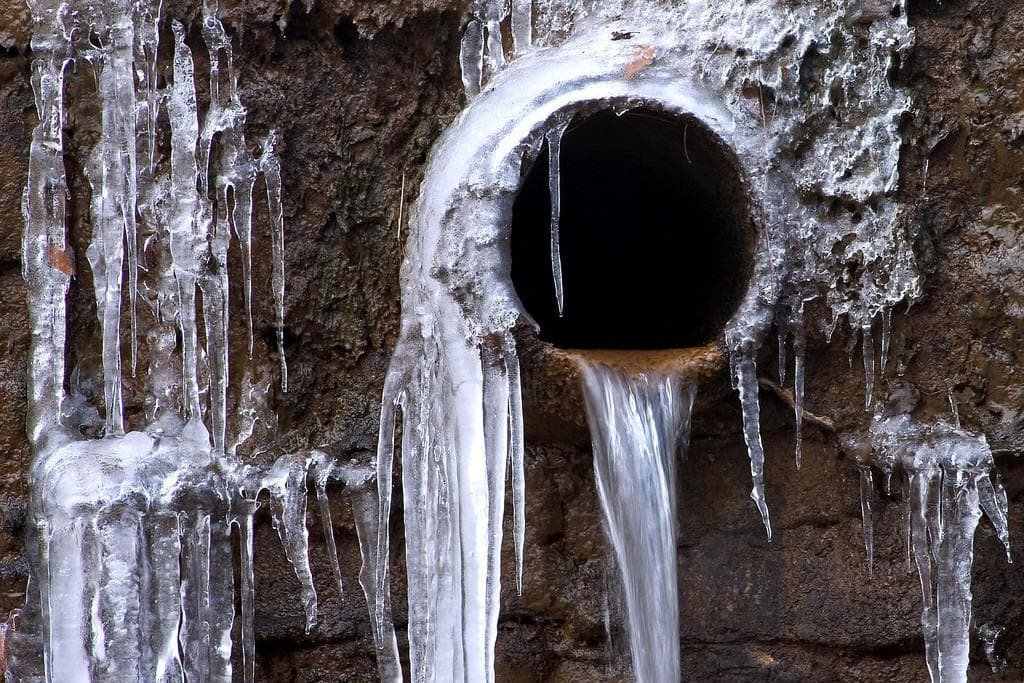How to Safeguard Your Pipes from Freezing: Specialist Guidance
How to Safeguard Your Pipes from Freezing: Specialist Guidance
Blog Article
Are you currently trying to locate advice involving 6 Ways to Prevent Frozen Pipes?

Winter can ruin your plumbing, specifically by freezing pipelines. Here's just how to avoid it from happening and what to do if it does.
Intro
As temperatures decrease, the risk of icy pipelines increases, possibly leading to expensive repairs and water damage. Recognizing how to avoid icy pipes is vital for house owners in cool climates.
Understanding Frozen Pipelines
What creates pipelines to ice up?
Pipes freeze when exposed to temperature levels below 32 ° F (0 ° C) for extended periods. As water inside the pipes freezes, it expands, putting pressure on the pipe walls and potentially causing them to rupture.
Dangers and damages
Frozen pipes can lead to water supply disruptions, residential or commercial property damage, and pricey fixings. Ruptured pipelines can flood homes and cause extensive architectural damage.
Signs of Frozen Piping
Determining frozen pipes early can stop them from bursting.
Just how to determine icy pipelines
Seek lowered water circulation from faucets, unusual smells or sounds from pipes, and visible frost on exposed pipes.
Avoidance Tips
Shielding prone pipelines
Cover pipelines in insulation sleeves or use warm tape to shield them from freezing temperatures. Focus on pipelines in unheated or external areas of the home.
Heating methods
Maintain interior areas adequately heated, particularly areas with plumbing. Open cupboard doors to enable cozy air to distribute around pipes under sinks.
Safeguarding Outdoor Plumbing
Garden hoses and outdoor taps
Separate and drain pipes yard hose pipes before winter months. Set up frost-proof spigots or cover outdoor taps with shielded caps.
What to Do If Your Pipelines Freeze
Immediate actions to take
If you suspect icy pipes, keep faucets open up to soothe pressure as the ice melts. Make use of a hairdryer or towels soaked in warm water to thaw pipes slowly.
Long-Term Solutions
Architectural adjustments
Consider rerouting pipelines away from outside walls or unheated areas. Include extra insulation to attic rooms, basements, and crawl spaces.
Upgrading insulation
Purchase premium insulation for pipes, attics, and walls. Proper insulation aids maintain constant temperatures and decreases the risk of icy pipelines.
Conclusion
Preventing frozen pipes calls for proactive measures and fast actions. By comprehending the causes, indicators, and preventive measures, house owners can secure their pipes throughout cold weather.
5 Ways to Prevent Frozen Pipes
Drain Outdoor Faucets and Disconnect Hoses
First, close the shut-off valve that controls the flow of water in the pipe to your outdoor faucet. Then, head outside to disconnect and drain your hose and open the outdoor faucet to allow the water to completely drain out of the line. Turn off the faucet when done. Finally, head back to the shut-off valve and drain the remaining water inside the pipe into a bucket or container. Additionally, if you have a home irrigation system, you should consider hiring an expert to clear the system of water each year.
Insulate Pipes
One of the best and most cost-effective methods for preventing frozen water pipes is to wrap your pipes with insulation. This is especially important for areas in your home that aren’t exposed to heat, such as an attic. We suggest using foam sleeves, which can typically be found at your local hardware store.
Keep Heat Running at 65
Your pipes are located inside your walls, and the temperature there is much colder than the rest of the house. To prevent your pipes from freezing, The Insurance Information Institute suggests that you keep your home heated to at least 65 degrees, even when traveling. You may want to invest in smart devices that can keep an eye on the temperature in your home while you’re away.
Leave Water Dripping
Moving water — even a small trickle — can prevent ice from forming inside your pipes. When freezing temps are imminent, start a drip of water from all faucets that serve exposed pipes. Leaving a few faucets running will also help relieve pressure inside the pipes and help prevent a rupture if the water inside freezes.
Open Cupboard Doors
Warm your kitchen and bathroom pipes by opening cupboards and vanities. You should also leave your interior doors ajar to help warm air circulate evenly throughout your home.

Do you really like reading about How To Avoid Freezing Pipes? Try to leave a remark below. We will be pleased to find out your views about this article. Hoping that you visit us again soon. Are you aware of somebody else who is curious about the subject? Feel free to share it. Thanks a lot for your time spent reading it.
Course Detail Report this page